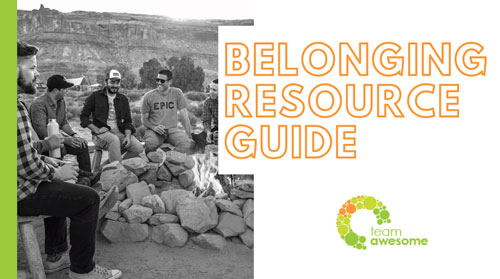The topic of women in top leadership and board positions has come up a lot for me this week on social media, at leadership events, and in articles I have read. As we do every year, we talk about some abysmally small growth in female representation in the highest roles in organizations, and then much of the world goes back to “checking the boxes” on their basic gender diversity requirements and support groups. A classic example of doing the same thing, and hoping for different results.
The Statistics
The growth of women in leadership roles in the United States continues to be painfully slow. Here are a few statistics on the state of the situation currently:
- Internationally: A 2015 study showed women held 14.7% of board seats across 3,000 companies globally
- Nationally: Across 810 Gender Diversity Index (GDI) companies in the Fortune 1000 list, women hold 19.7% of board seats
- Locally: Milwaukee Women Inc.’s recent findings reported women holding 17.6% of Wisconsin public company board positions
According to Catalyst’s findings, to capture the benefits of diversity, boards need at least three or more women. Three. Compare that to this quote of how we really see “good representation” in our workplaces:
Nearly 50% of men think that when just 1 in 10 senior leaders in their company is a woman, that’s sufficient. And remarkably, a third of women agree. When so many people see a leadership team that’s only 10% women—who, let’s remember, are half the population—and think, “That’s good enough,” it’s a sign that we’re too comfortable with the status quo. – Sheryl Sandberg and Rachel Thomas, via The Wall Street Journal
We are doing some work in our companies, but what more could we do to move this faster than the current glacial pace? Let’s dig deeper, go further, and commit more to the resources that are already working in our organizations. To build off of what we are already doing, I see some opportunity to better leverage the women and leadership Employee Resource Groups (ERG) and put words into action using groundwork that is now forged.
Ways to Leverage Your Women’s ERG to Enable More Leadership Growth
Here are some ways that you could go beyond hosting meetings, hiring an occasional speaker, or simply providing connections within your Women’s ERG:
- Connect women with local, non-profit board roles to get them started in community leadership
- Offer executive coaching to women leaders (If your company only offers coaching to the C-Suite, and there is exactly one woman there, then the vast majority are missing out on critical professional development)
- Connect with other women’s resource groups with companies in your city, and try a reciprocity mentoring program
- Financially support women leaders with memberships and attendance to professional development organizations
What if your company doesn’t have an employee resource group to support women leaders? Find groups within your community that connect you to other women leaders, or talk with senior leaders or human resources leaders in your organization about how to begin one.
What if your company does have a group, but they seem to be “checking the box?” Ask. Ask for the funding, the support, and time that is needed to reach your specific goals. It will not happen if we don’t ask. Also, be ready to commit to doing some of the lifting when you get what you want. Look, I get it that sometimes we have senior leaders that just will not champion true cultural change. But start where you are, and just a few people rowing in the same direction can start to turn the boat.
If you are looking to make changes at the organizational level, I invite you to read the recent Women Matter report from McKinsey & Company for some comprehensive guidance on steps to take.
Let’s move forward on this instead of sitting in traffic.
About the author:
Katie Rasoul is the Chief Awesome Officer for Team Awesome, a leadership coaching and culture consulting firm. Find out more by visiting www.teamawesomecoaching.com or join the Team Awesome Community for awesomeness coming straight to your inbox. Follow Team Awesome on Facebook and Twitter.



Trackbacks/Pingbacks